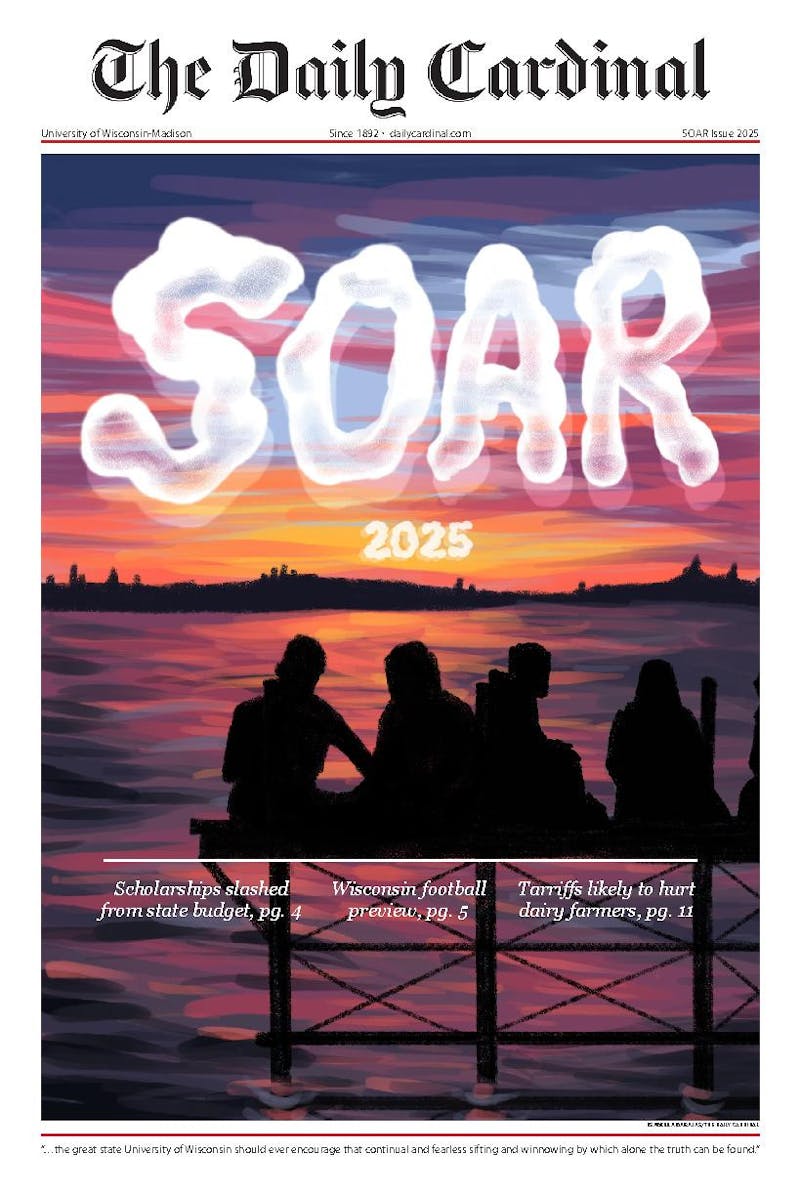Anyone searching for real passion and insight in artistic expression need look no further than the Chazen Museum of Art's new exhibition: ""Vision and Continuity,"" featuring the sculptures of Alexander Archipenko.
Archipenko, a native of Ukraine, transformed the way artists think about sculpture through his use of vivid color, curving forms and volume in his works. The sculptor lived a life as rich and intriguing as his sculptures: he studied in Paris before moving to America, where he turned a stone quarry into both his home and studio. He was even an inventor, creating a machine called the Archipentura, which he envisioned would infuse movement into his art.
The artist's quest to depict real human emotion and beauty is what drives this exhibition. Archipenko's primarily bronze sculptures are mostly of abstract human forms, often leaving it up to the viewer to use some imagination in making sense of the pieces. But making sense of Archipenko's work is hardly necessary, as the beauty is in the surrealism of this collection. Pieces like ""Boxers and Dancers"" bring to mind the swiftness and grace of each respective activity. Archipenko's sculptures are not meant to depict figures as true to life; instead, their focus is on the nature of human movement. Archipenko draws the most attention to his sculptures' arms and legs, the initiators of motion.
Dimension, color and shape are all employed as important aspects of Archipenko's work. The artist experimented with combining sculpture and painting into one art form, dubbed sculpto-painting. Best described as three-dimensional paintings, these works truly leap out at the observer. Archipenko preferred rich, blended color for his work, as seen in the standout sculpto-painting ""Cleopatra."" The flowing curves and deep hues call to mind an idea of femininity. Archipenko was masterful at contrasting male and female figures. Sharp angles and edges are used in sculptures of men, while his women have soft, gentle curves.
While the entire exhibition is a treat, one piece best embodies Archipenko's vision. ""Woman Combing Her Hair,"" one of the artist's most famous pieces, utilizes volume in the manner characteristic of Archipenko's style. The artist left a gap between her shoulders and her hair. It is the outline of this empty space that shapes her head, and the effect is mesmerizing. This is how Archipenko gives his sculptures a sense of freedom; they are not constrained by their forms, but enhanced by the environment around them.
This is only a taste of Archipenko's amazing artistic talent, but the exhibition contains many key pieces that are perfect examples of his groundbreaking technique. Although many of the sculptures are over 90 years old, they are still breathtaking today.
""Visions and Continuity"" runs through November 26.





